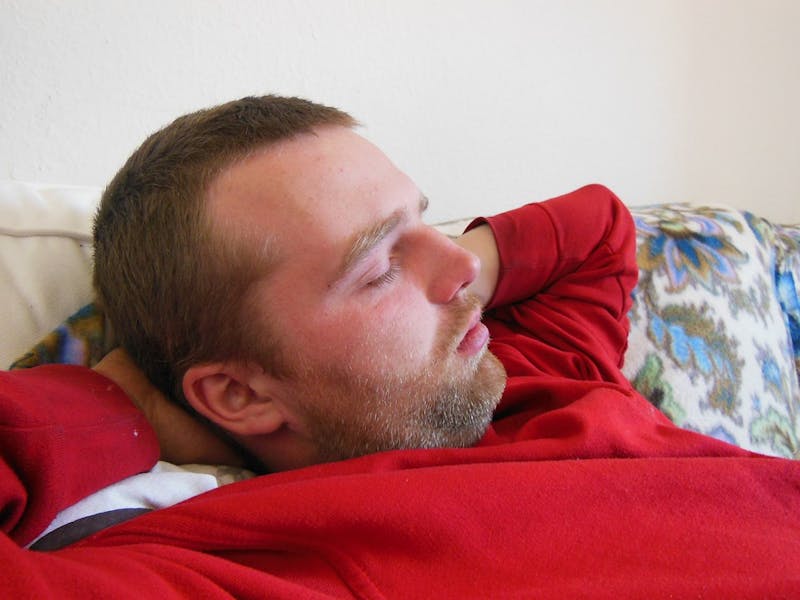
Spain is well-known for its siestas: a period of time when businesses close to allow business owners (and patrons) to take some time off to go home rest. In America, our afternoon naps typically end when we advance from Kindergarten to first grade, but maybe that’s part of the problem. Research shows that taking a short nap during the day may increase both alertness and productivity. However, the key is to make sure the nap is neither too short nor too long. To reap the most benefits, your nap has to be the Goldilocks of naps: just right.
Benefits of Napping
Think of yourself like a computer. When a computer is running slowly or making a number of errors or just not functioning up to par, what do you do? You shut it off, give it a few minutes to rest, and then you reboot it. Nine times out of ten, this reboot is just what the computer needs to start working properly again.
This same logic can be applied to the human brain. When the brain is overworked and over-tired, it doesn’t function properly. Sometimes it’s necessary to shut your brain down, allow it to rest, and then give it a reboot. Naps can boost both alertness and energy; improve your ability to remember things like facts, faces, and names; and increase creativity.
The key to getting the benefits from a nap, rather than waking up feeling groggy and “out of it”, is how long you sleep.
How Long Should You Nap?
According to research, different nap lengths provide different benefits. When compared to not napping at all, a short 5 to 20 minute nap has been shown to increase cognitive ability and alertness. When you nap for this short period of time, it keeps you in the lighter, non-rapid eye movement, type of sleep and makes it easier for you to jump back into the day when you wake up.
A 60 to 90 minute nap is best for memory improvement and boosting creativity. This is where you’ll have to play around with it a little bit to find your sweet spot. Research shows that a 60-minute nap is followed by some grogginess – or what is called sleep inertia – while a 90-minute nap allows you to go through a cycle of rapid eye movement (or REM) sleep, which results in no sleep inertia, making it easier to wake up.
If you’re looking to reap the benefits of napping, but want to avoid grogginess, you’ll have to make sure that your nap doesn’t last for a total of 30 minutes. At this point, naps have been shown to cause sleep inertia and a hung-over, groggy feeling without providing any real benefits.

